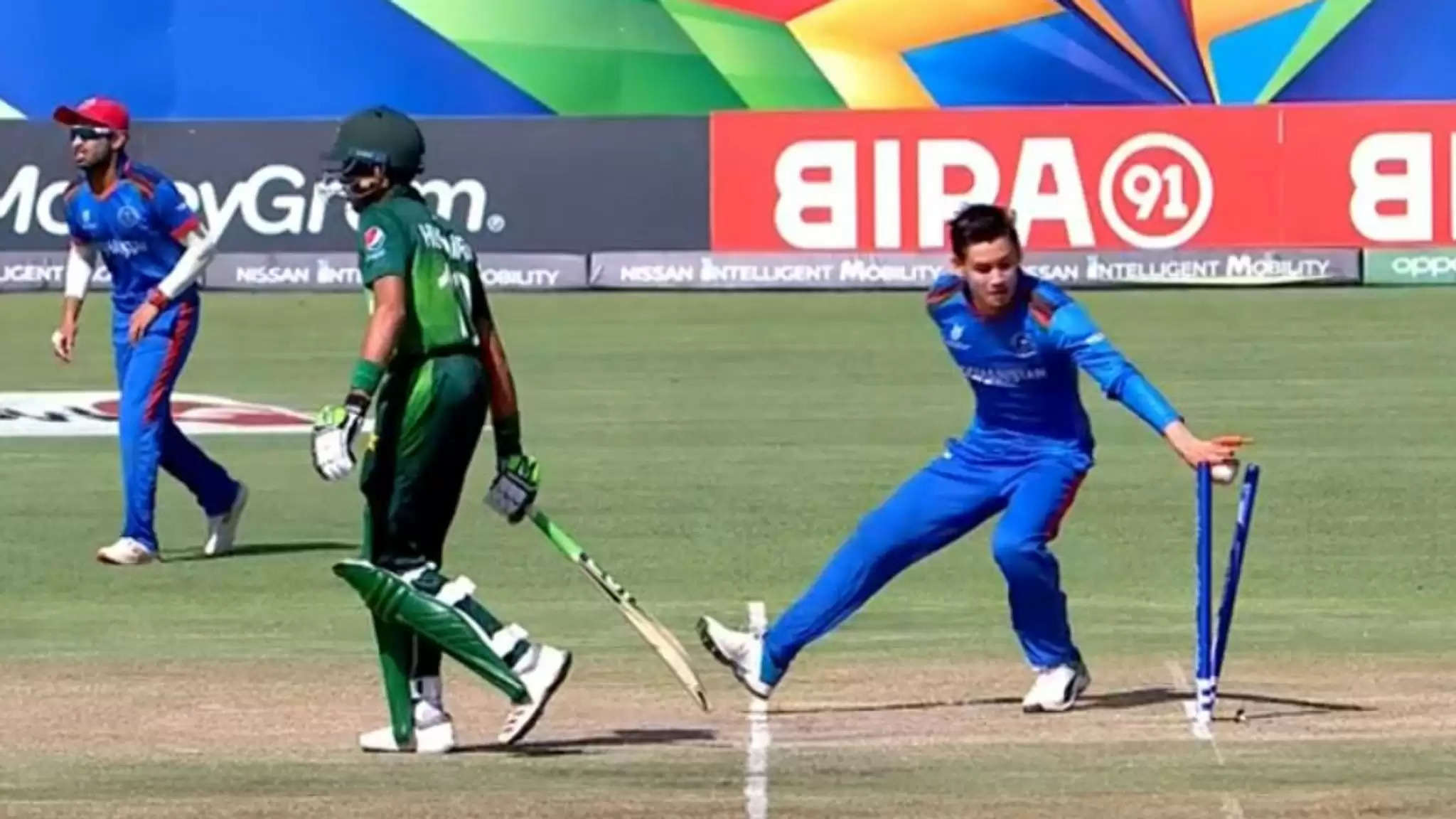The ICC has accepted a number of changes to the Playing Conditions in MCC’s updated 3rd Edition of the 2017 Code of the Laws of Cricket which had been recommended by the ICC Men’s Cricket Committee, headed by Chair Sourav Ganguly.
These changes will come into effect from October 1, 2022. This means that the T20 World Cup 2022, which will kick off on October 16 in Australia, will also see these new ruled being followed.

The main changes are as follows:
1. New batter to take strike when caught dismissal: When a batter is out caught, the new batter will come in at the end striker’s end, regardless of whether the batters had crossed before the catch is taken. The exception is that only if the caught dismissal happens on the last ball of the over, then the non-striker will face the first ball of the next over.
2. Permanent ban on the usage of saliva to shine the ball: When international cricket had begun in the pandemic era, in July 2020, the ICC had imposed a temporary ban on the usage of saliva to shine the ball. Now the governing body has made this rule permanent.
During the saliva ban, the players resorted to the use of sweat to shine the ball, which has proven to be effective.
3. Incoming batter ready to face the ball: An new batter will now be required to be ready to take strike within two minutes in Tests and ODIs, while the current threshold of 90 seconds in T20Is remains unchanged.
In the previous rule, the new batter had three minutes to take the strike in ODIs and Tests, but it has now been reduced. If the batter fails to do so, the fielding captain can appeal for Timed Out.
4. Batter must remain within the pitch: This rule requires some part of their bat or batter to remain within the pitch. Should they venture beyond that, the umpire will call and signal a Dead ball. Any ball which would force the batter to leave the pitch will be called No ball.
5. Unfair movement by the fielding side: Any unfair and deliberate movement by the fielders while the bowler is running in to bowl could now result in the umpire awarding a five-run penalty to the batting side, as well as the ball being called dead.
6. It’s run-out now; no more calling it ‘Mankad’: This is one of the major talking points; and good on the part of the ICC to clear it all for once. The run-out affected by the bowler at the non-striker’s end has been moved from the ‘Unfair Play’ section to the ‘Run out’ section.
Previously looked down as unfair play, running out a non-striker for backing up too much will now be considered as a regular run-out.
7. Bowler throwing towards striker’s end before delivery: Previously, a bowler who saw the batter advancing down the wicket before entering their delivery stride, could throw the ball to attempt to Run out the striker. This practice will now be called a Dead ball.
8. Over-rate penalty: We saw this Over-rate penalty having important ramifications during the Asia Cup 2022. The rule was previously only for T20Is that forced the bowling team to bring a fielder inside the circle should they fall behind scheduled time. This rule has been added to ODIs as well now.
As per this, a fielding side must be in a position to bowl the first ball of the final over of the innings by the scheduled or rescheduled time for the end of the innings. If they are not in such a position, one fewer fielder will be permitted outside the 30-yard circle for the rest of the innings.
This rule will now also be adopted in ODI matches after the completion of the ICC Men’s Cricket World Cup Super League in 2023.
Sourav Ganguly praised all the ICC Cricket Committee members for their contributions to the recommendations. “It was an honour chairing my first meeting of the ICC Cricket Committee,” he said. “I was pleased with the productive contribution of the Committee members which resulted in key recommendations being made. I thank all members for their valuable input and suggestions.”

